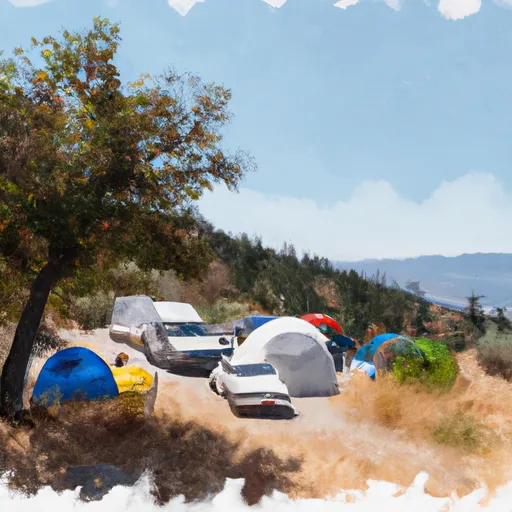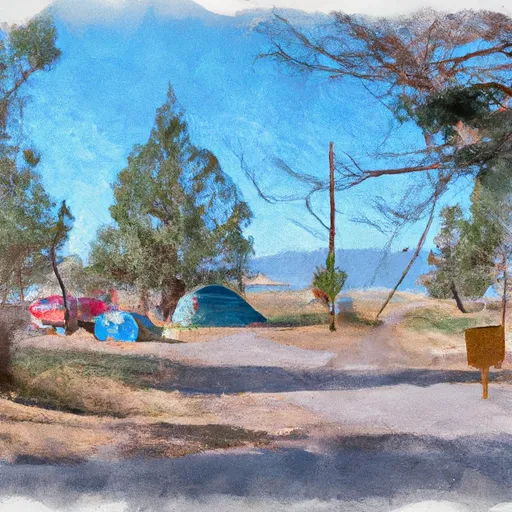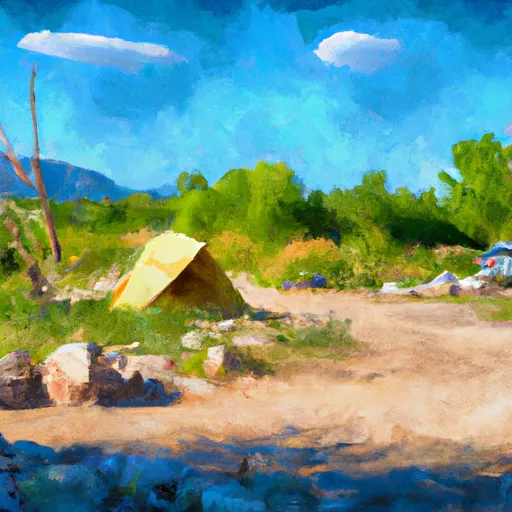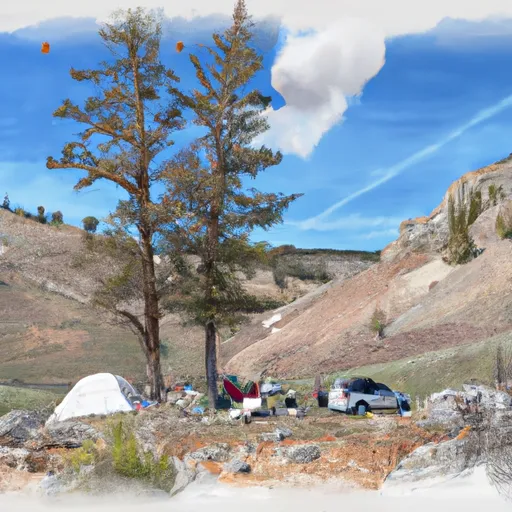Summary
Spanning over 1.3 million acres, this wilderness area offers a wide range of activities and natural attractions that make it a popular choice for outdoor adventures.
One compelling reason to visit the Selway-Bitterroot Wilderness is its pristine and untouched landscapes. From rugged mountains to pristine rivers and dense forests, the area boasts a diverse ecosystem that supports a wide variety of wildlife, including elk, black bears, mountain lions, and numerous bird species. This makes it an ideal destination for wildlife spotting and photography.
Hiking enthusiasts will find an extensive network of trails within the Selway-Bitterroot Wilderness. These trails offer various levels of difficulty, catering to both experienced backpackers and casual day hikers. The Magruder Corridor, a historic wagon road, is a particularly popular trail that takes hikers through stunning vistas and significant historical sites.
One of the most iconic points of interest within the Selway-Bitterroot Wilderness is the Selway River. This wild and scenic river offers incredible fishing opportunities, as it is home to native trout species. Rafting and kayaking down the Selway River is also a thrilling adventure that allows visitors to navigate rapids and enjoy the stunning river canyon scenery.
Interesting facts about the Selway-Bitterroot Wilderness include its designation as one of the original wilderness areas under the Wilderness Act of 1964. It is also the largest wilderness area in Montana and part of the larger Selway-Bitterroot Ecosystem, which stretches across Idaho and Montana. This ecosystem is renowned for its biological diversity and is home to several rare and sensitive species.
The best time to visit the Selway-Bitterroot Wilderness depends on the activities you wish to pursue. Summer (June to August) is the peak season, offering ideal weather conditions for hiking, fishing, and camping. However, expect increased crowds during this time. Spring and fall offer milder temperatures and fewer visitors, making them great alternatives for those seeking solitude and stunning fall foliage.
It is crucial to verify this information across multiple independent sources to ensure accuracy, as details and conditions can change over time.
Weather Forecast
Park & Land Designation Reference
Large protected natural areas managed by the federal government to preserve significant landscapes, ecosystems, and cultural resources; recreation is allowed but conservation is the priority.
State Park
Public natural or recreational areas managed by a state government, typically smaller than national parks and focused on regional natural features, recreation, and education.
Local Park
Community-level parks managed by cities or counties, emphasizing recreation, playgrounds, sports, and green space close to populated areas.
Wilderness Area
The highest level of land protection in the U.S.; designated areas where nature is left essentially untouched, with no roads, structures, or motorized access permitted.
National Recreation Area
Areas set aside primarily for outdoor recreation (boating, hiking, fishing), often around reservoirs, rivers, or scenic landscapes; may allow more development.
National Conservation Area (BLM)
BLM-managed areas with special ecological, cultural, or scientific value; more protection than typical BLM land but less strict than Wilderness Areas.
State Forest
State-managed forests focused on habitat, watershed, recreation, and sustainable timber harvest.
National Forest
Federally managed lands focused on multiple use—recreation, wildlife habitat, watershed protection, and resource extraction (like timber)—unlike the stricter protections of national parks.
Wilderness
A protected area set aside to conserve specific resources—such as wildlife, habitats, or scientific features—with regulations varying widely depending on the managing agency and purpose.
Bureau of Land Management (BLM) Land
Vast federal lands managed for mixed use—recreation, grazing, mining, conservation—with fewer restrictions than national parks or forests.
Related References
Area Campgrounds
| Location | Reservations | Toilets |
|---|---|---|
 Observation Point Campground
Observation Point Campground
|
||
 Magruder Ranger's House
Magruder Ranger's House
|
||
 Magruder Crossing Campground
Magruder Crossing Campground
|
||
 Magruder Crossing
Magruder Crossing
|
||
 Raven Creek Campground
Raven Creek Campground
|
||
 Dry Saddle Trailhead
Dry Saddle Trailhead
|
